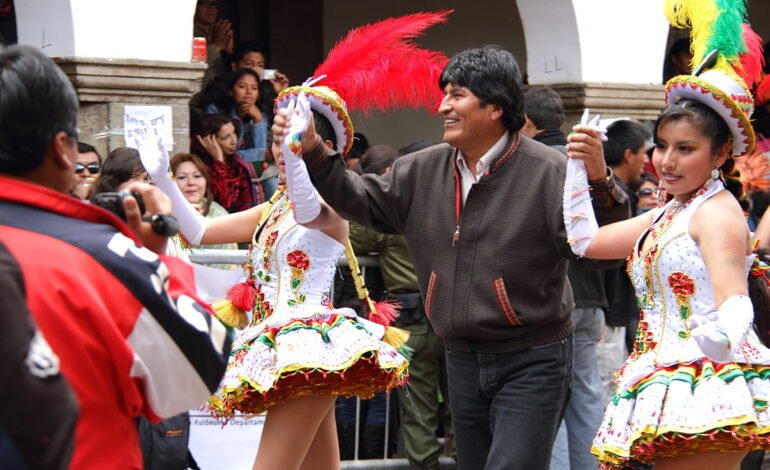Yves Picq, CC BY-SA 3.0, via Wikimedia Commons
This Sunday, August 17, Bolivia holds presidential elections in a historic moment: for the first time in almost two decades, neither Evo Morales nor current President Luis Arce appear on the ballot. Both have been excluded from the process: Morales was disqualified by the Constitutional Court, and Arce decided not to run.
The absence of the Movement Toward Socialism (MAS), in addition to reflecting deep internal divisions and popular disappointment, puts an end to a political cycle that has marked the country since 2005.
Main candidates in the race
- Samuel Doria Medina: Center-right businessman with several previous candidacies. He leads the polls alongside Quiroga.
- Jorge “Tuto” Quiroga: former president (2001–2002), for the “Libre” alliance. He is also leading in the polls.
- Rodrigo Paz: centrist leader of the Christian Democratic Party, with support among urban and young voters.
- Manfred Reyes Villa: Mayor of Cochabamba and former military officer with extensive political experience.
- Andronico Rodriguez: President of the Senate and potential heir to the MAS, now independent. He has lost electoral strength following the MAS's split.
- Eduardo Del Castillo: the official MAS candidate, former Minister of Government, with low voting intention (less than 2 %).
In total, eight men are competing for the presidency, although there were originally nine before Eva Copa withdrew from the race.
Electoral scenario and sociopolitical climate
Polls point to a runoff between Doria Medina and Quiroga, with close percentages (24–23 %) and a large number of blank, spoiled, or undecided votes that could change the course.
The economic crisis is hitting hard: Bolivia is facing one of the worst recessions in 40 years, with record inflation, fuel shortages, and declining international reserves. International investors are betting on a rightward shift, considering possible fiscal recovery and economic reforms.
Bolivia is moving toward a turning point. The disappearance of the MAS as a dominant force and the rise of center-right figures reflect a political environment fraught with uncertainty. Attention is focused on the democratic process, its potential tensions, and who will define the country's future.
For more stories like this, follow More Latin.
Sources:

